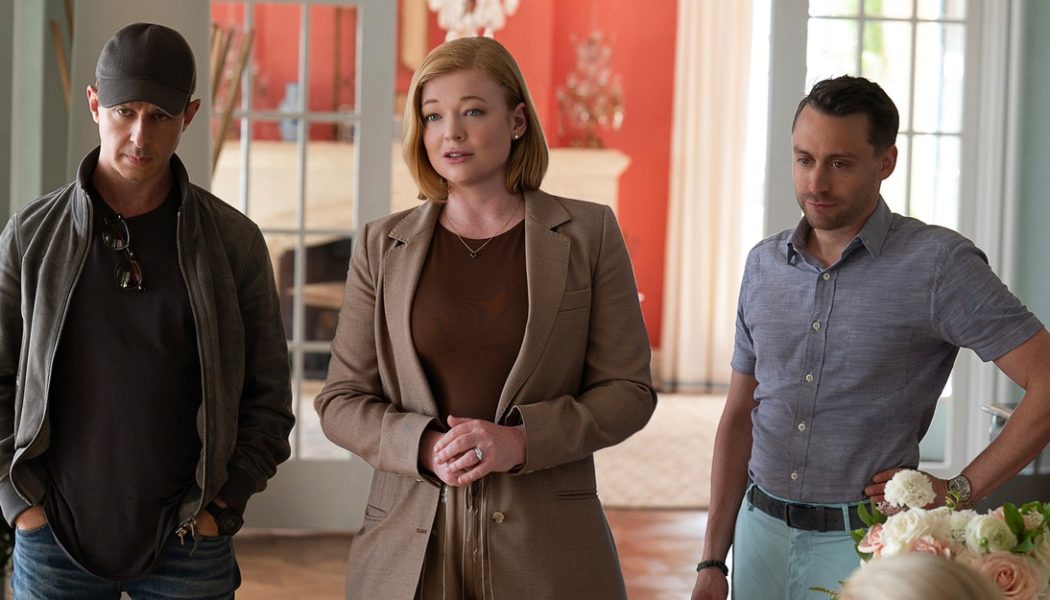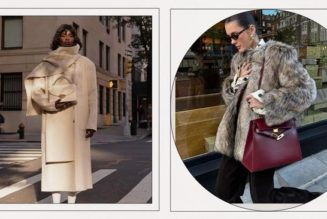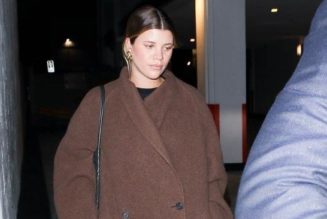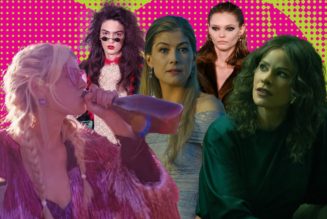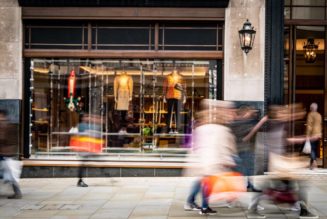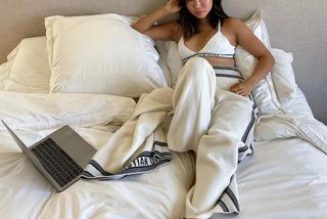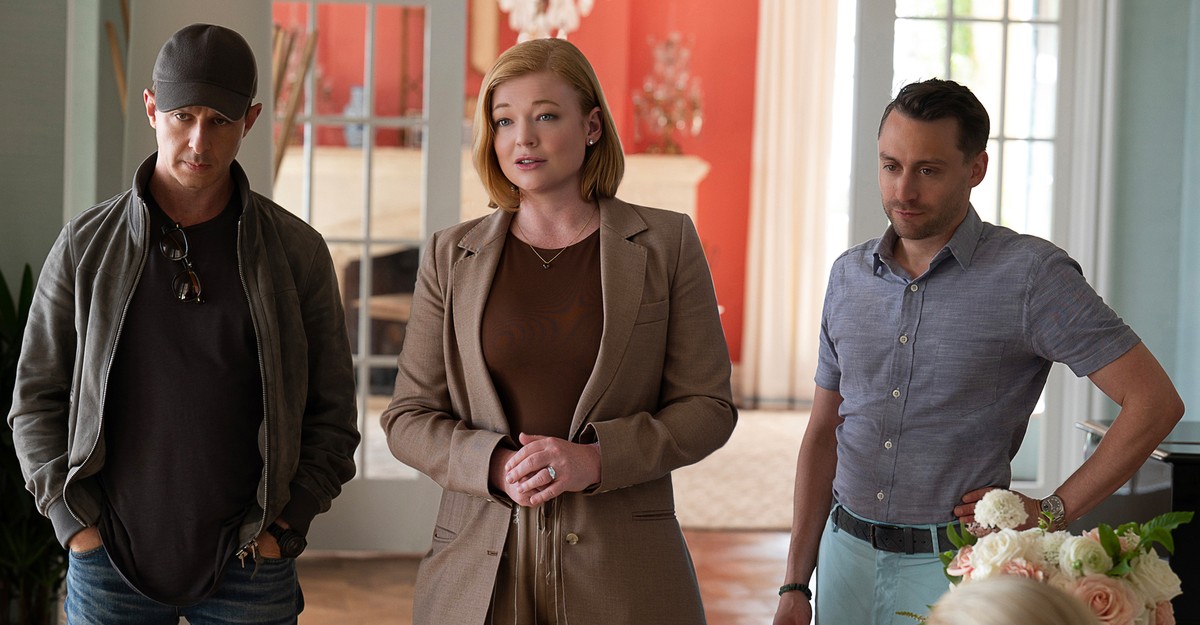
Much has been made of Kendall Roy’s baseball cap. The hat, worn by the heir apparent to the family dynasty on HBO’s Succession, is a plain black $625 cashmere-blend number by the Italian knitwear brand Loro Piana. It’s notable mostly for its total featurelessness. In that way, it’s much like the rest of what the character wears: as boring as it is expensive, perfect for a guy with a lot of money but few ideas of his own.
Kendall’s cap, such as it is, has inspired articles from The Wall Street Journal, New York magazine, and Town & Country identifying it as a symbol of a nascent trend: stealth wealth or quiet luxury. These terms describe a particular mode of dressing said to be favored not by the rich, but by the genuinely, generationally wealthy—forget trust funds, think family foundations. The textiles and cuts are impeccable, the colors are neutral, and the finishes are subtle and logo free. Luxury knitwear brands such as Loro Piana and Brunello Cucinelli figure prominently in conceptions of stealth wealth, as does suiting from Zegna and Tom Ford, and high-end minimalism from The Row and Max Mara. Top it all off with an Hermès bag—but, for the love of God, not a brand new one. These, supposedly, are clothes for people without anything to prove. IYKYK.
The trend is not just about the exorbitantly wealthy, however. Now that everyone does know, thanks to how conspicuous shows such as Succession have made inconspicuous fancy clothes, stealth wealth is being heralded as the next big swing of fashion’s trend pendulum. No longer merely the domain of the luxurious and discreet, the look instead seems to be holding sway over how stylish people in general are dressing. All of a sudden, more accessible stores, such as H&M and Zara, are selling nondescript, generously cut trousers and oversize button-downs and double-breasted blazers and grandpa loafers. The fashion website Hypebeast cites, by its count, 1.4 billion views for stealth wealth meaning on TikTok as evidence that the kids really are dying to save up and swathe themselves in cashmere—or, more likely, to buy budget-friendly knit blends.
Stealth wealth looks like it has all the makings of a fashion sea change, in the same way that streetwear altered fashion’s trajectory a decade ago, when sneakers and logo hoodies took over the wardrobes of the young and style-conscious. But what if that’s not what’s going on at all?
It’s not clear that stealth wealth is a real, growing phenomenon among the wealthy themselves. As the fashion critic Rachel Tashjian wrote recently for The Washington Post, how the wealthy actually dress tends to be much more complicated than a single unified look. People with money to burn are still human, and therefore no less susceptible to trends and marketing than anyone else—which is to say that some rich people ignore fashion, and others strap in for the roller coaster. Granted, they’re being marketed higher-quality, more beautiful things than are the rest of us, which accounts for much of the aesthetic gap between business casual and quiet luxury. But even the brands that have recently been cited as the epitome of stealth wealth—the Loros and Brunellos of the world—aren’t exactly well-kept secrets. You can type Loro Piana baseball cap into Google and with a few taps buy a Loro hat similar to Kendall’s from several retailers, including Nordstrom.
Plenty of generationally wealthy people wear neutral, good-quality clothes, just as a lot of non-rich Americans go about their lives in the versatile basics marketed to people of their income bracket—jeans, black leggings, gray wool-blend sweaters. Some people who are generationally wealthy buy the crass, logo-bedecked brands that stealth wealth urges you to discard; others, as Tashjian notes, wear clothes from a smaller, more interesting, and sometimes even more expensive set of much less widely available designers, such as High Sport and Casey Casey. The oil heiress Ivy Getty, for example, had a 2021 wedding that looked more fun and far more stylish than Shiv Roy’s. And lest we forget, Paris and Nicky Hilton are both old-money heiresses, and they hardly adhere to the dour dictates of neutral cashmere knits.
The real secret to how the wealthy dress is that most of them aren’t any better at it than those in lower tax brackets. Rich people are expensively dressed, but many are not necessarily well dressed. In interview after interview, that seems to be what the Succession costume designer Michelle Matland is trying to explain about the Roys. They’re decked in the enormous luxury of staid, somewhat boring office clothes, swanning in and out of similarly sleek-but-bland Manhattan office towers and expensively mediocre restaurants, never having any fun. As a trend, stealth wealth promises to dress you in the confidence of unlimited money, but the Roy children are perpetually uneasy in their status, afraid of tumbling out of power.
The people truly fascinated with stealth wealth are those far outside it. The terms stealth wealth and quiet luxury have been bouncing around the internet for several years, but they’ve gained the most traction lately on TikTok, where an audience disproportionately full of teens and 20-somethings dissects these looks and devours the lessons they seemingly teach. In one popular type of video, a young woman walks viewers through the tricks to getting the stealth-wealth look—high-quality basics, neutral colors, no logos—or demonstrates how to turn a regular outfit into a signifier of stealth wealth. TikTok’s dominant user base is at exactly the point in life where learning how status functions in the broader adult world becomes very important. They’re thinking about heading off to college or into the professional world, and presenting themselves to new groups of people in these scenarios is a very high-stakes game of dress-up. The Roys are not stylish or well dressed, but they are a pretty good guide for what to look for in a Zara knockoff if you want to blend in at an internship.
In this way, stealth wealth seems to be more of an imagined trend than anything else—an idea of a trend inspired by a mistaken, stylized notion of how the wealthy live their glamorous lives. People learn how to dress themselves by looking at one another and working out what different types of self-presentation mean. As teens do this online for all to see, it appears to be creating something of a feedback loop: The TikToks get written up in traditional media as a trend, so even more TikToks get made. Those new videos, in turn, expose even more people to a term like stealth wealth, which prompts them to go looking for information. Eventually, you get 1.4 billion views for stealth wealth meaning, which is then used as proof that a trend is really happening, when in fact it seems more likely to suggest that lots of people have no idea what it is, even though they keep hearing about it. (It doesn’t hurt, of course, that Succession is the stealth-wealth inspiration in question, and people who write on the internet for a living love talking about Succession.)
If stealth wealth doesn’t really have Americans in aesthetic thrall, though, what’s with all the blazers and loafers in stores recently? Their presence is, I think, mostly just a coincidence. After a decade of athleisure expansion and a couple of years of pandemic disruption and working from home in sweatpants, it wasn’t particularly hard to predict that people heading back to the office might want to shake themselves off and buy some real clothes—I ventured as much in this very magazine in the spring of 2021.
The pandemic came after years of fashion dominance by logo-covered, ultracasual streetwear, and some slightly dressed-up tailoring was due for a resurgence, no matter what was on television. Long lead times, supply disruptions, and risk aversion have meant that many fashion retailers lagged in getting these kinds of styles into stores to meet demand. Now things have finally gotten a little bit closer to normal, and more types of clothes are available, including some stuff for people who are back at their desk or sick of their sweats. Just in time for the internet to credit it all to Kendall Roy’s baseball cap.
